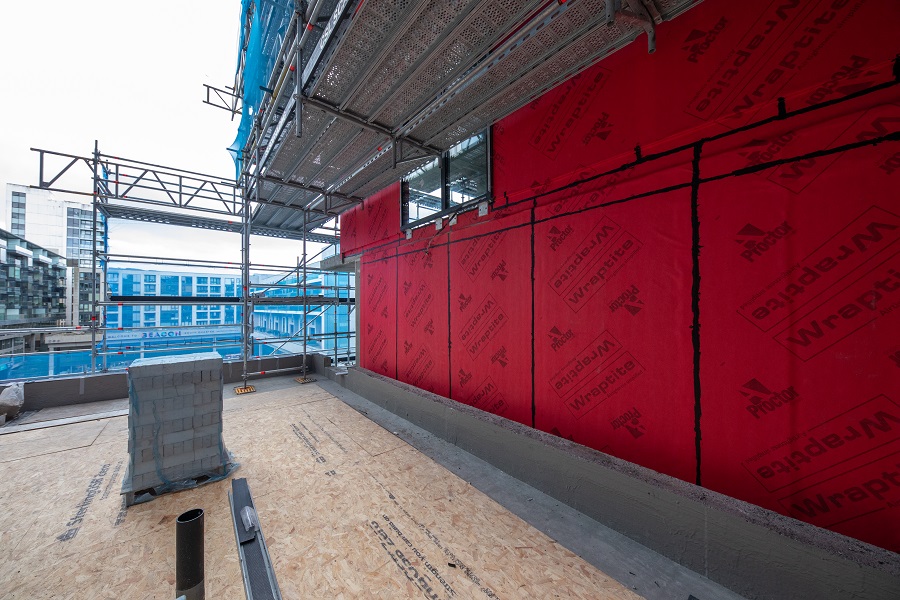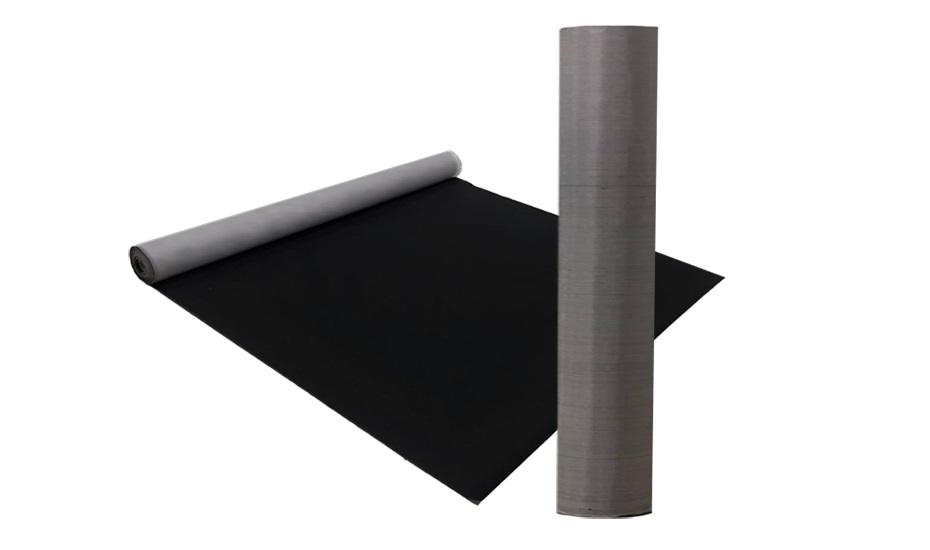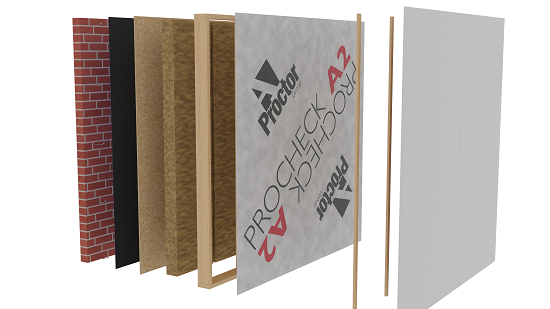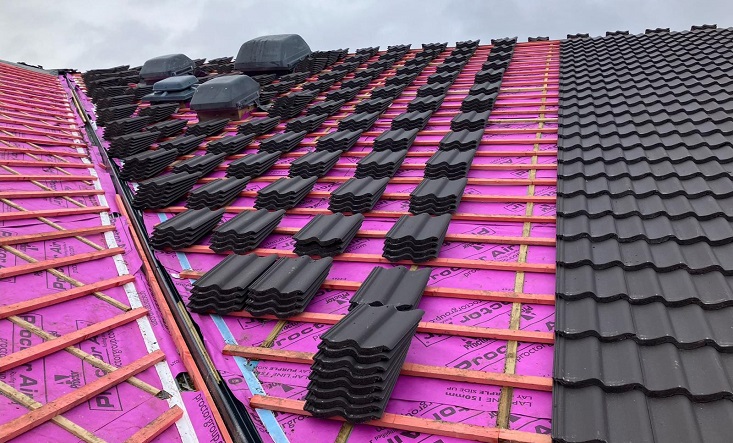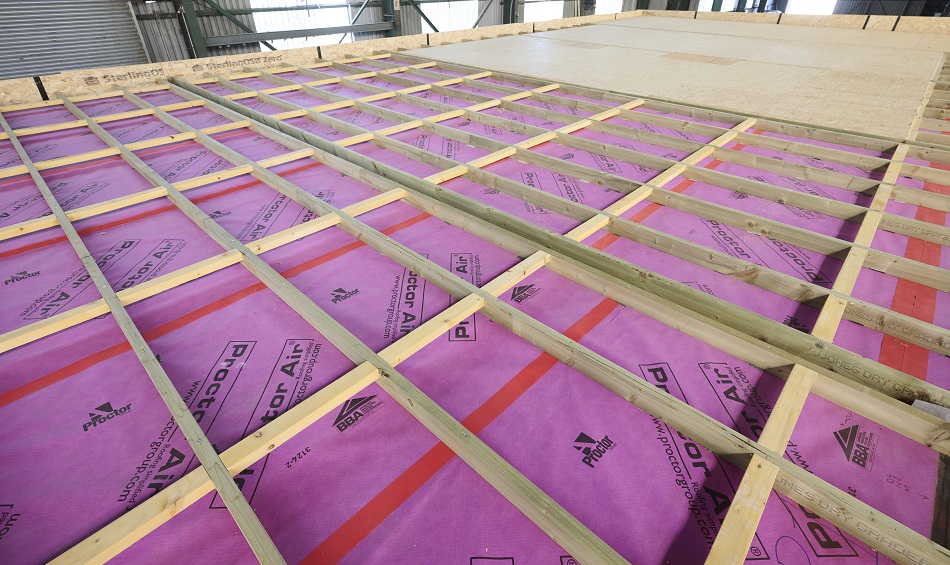Since early 2025, a growing group of construction product manufacturers have been able to say that certain products in their ranges have been assessed as compliant with the CCPI. We at Proctor Group recently completed the successful assessment of twenty-two of our products, including the likes of Proctor Air®, Wraptite®, Proctor A1 Cement Board and Spacetherm®.
Cultural assessment vs product assessment
When a construction product manufacturer undertakes CCPI assessment, they choose the products to be assessed. Products are grouped into ‘product sets’ relating to their application.
To give you an idea of what that looks like in practice, the products we have had assessed fall into the following product sets: breathable membranes for walls/roofs; vapour control layers; sheathing board; and thermal insulation.
Before any product can be assessed, however, an organisation must complete a leadership and culture survey, a management systems questionnaire and an organisation assessment. The survey, in particular, is designed to ensure that engagement with the Code is driven from the top and informs behaviour throughout an organisation.
It is made clear to any manufacturer undertaking an assessment that completing the organisational aspect does not allow them to claim compliance with the CCPI, or say that they as an organisation have been successfully assessed.
The need to provide such clarity suggests that this vital first step in the process may also be causing some confusion, and it’s vital that we all contribute to clearly communicating what ‘CCPI Assessed’ means.
What does ‘CCPI Assessed’ mean?
It’s also important that product manufacturers who have completed successful assessments talk accurately about what the ‘badge’ means for designers and specifiers choosing their products.
While assessment is linked to individual products, it does not guarantee a product is suitable for a given project or application. Assessment is a judgement of the information about a product, not the product itself.
It also does not guarantee that certain types of information are available about the product.
When the CCPI was first proposed, the consultation process sought the opinion of architects and design professionals. Those who responded seemed to be broadly in favour of the CCPI, but a notable number of responses focused on a desire to see manufacturers offering specific types of information – especially around sustainability and environmental impact, such as environmental product declarations (EPDs).
Four years on from the consultation, it’s difficult to say whether that misconception has been addressed. Only further research could confirm one way or the other, so we think it is important to be clear that the CCPI doesn’t require manufacturers to already hold, or obtain, certain types of information.
It reviews the information they already produce about products, and assesses it against the Code’s clauses.
What is the future for construction product information?
The CCPI was created to promote a culture change in the way construction product information is provided and marketed. You could therefore argue that making it a product-specific mark is somewhat contradictory.
Similarly, the Code has been positioned as a differentiator for manufacturers who adopt it now. And yet, the goal is universal adoption – and at such a time, it would cease to differentiate. Key here is that the CCPI remains voluntary for now. However, the Construction Products Reform green paper clearly stated the role of product information as part of the ongoing change required across the construction industry. A whole page of the paper is given over to the CCPI.
We must remember that the CCPI is still in its infancy, and will no doubt evolve over time. For an initiative that is very much in its early days, it is gaining traction. Tier 1 contractors, housebuilders, and even insurers, are putting their weight behind the scheme and becoming ‘demand-side’ supporters.
Even if there are some possible contradictions in how the CCPI works at this time, by undertaking the process in these early days manufacturers are demonstrating a commitment to improving themselves at every level of their organisation.
A CCPI survey of registered organisations suggested this improvement is already in evidence, with 97% of respondents saying they agreed or strongly agreed that the Code had helped them to develop better systems and processes for managing product information and marketing.
That is something we can certainly attest to. The whole process has been beneficial for us. It’s a deep dive exercise and explores every angle of a business. That meant it was a lot of hard work, but it has also driven improvements that help to demonstrate Proctor Group’s commitment to transparency and ethical behaviour.
Find out more: https://proctorgroup.com/all-products
Request a Sample
Technical Advice
CAD Detail Review
U-Value Calculation
Book a CPD
Specification Check
